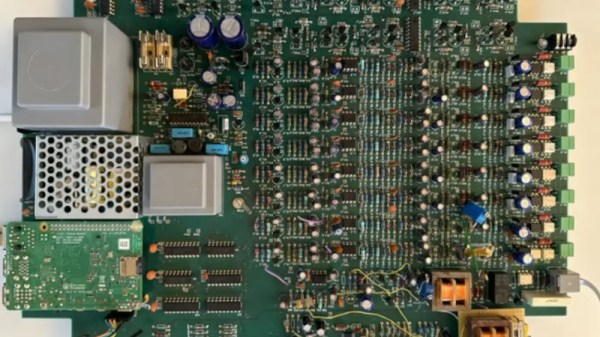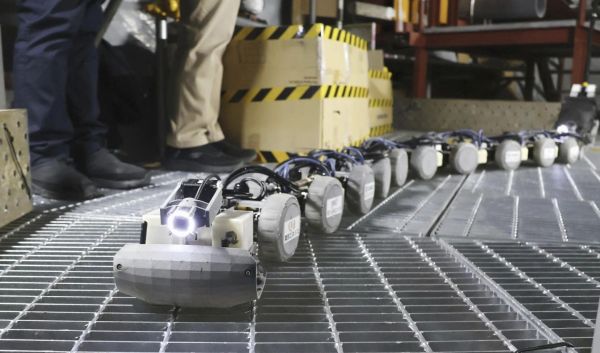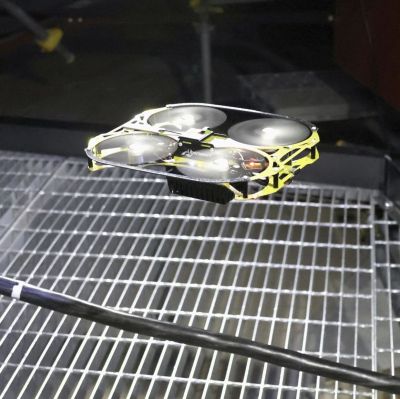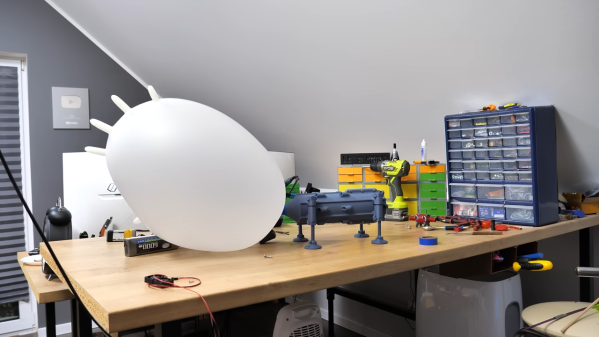Such has been the success of the mobile phone that in many places they have removed the need for wired connections, for example where this is being written the old copper connection can only be made via an emulated phone line on an internet router. That doesn’t mean that wired phones are no longer of interest to a hardware hacker though, and many of us have at times experimented with these obsolete instruments. At the recent 37C3 event in Germany, [Hans Gelke] gave a talk on the analog exchange he’s created from scratch.
The basic form of the circuit is built around a crosspoint switch array, with interfaces for each line and a Raspberry Pi to control it all. But that simple description doesn’t fully express its awesomeness, rather than hooking up a set of off-the-shelf modules he’s designed everything himself from scratch. His subscriber line interface circuit uses a motor controller to generate the bell signal, his analogue splitter has an op-amp and a transistor, and his crosspoint array is a collection of JFETs. Having dabbled in these matters ourselves, it’s fascinating to see someone else making this work. Video below the break.
Have an analogue phone but nowhere to use it? Bring it to a hacker camp!
Continue reading “A Complete Exchange From Scratch For Your Rotary Dial Phones”


















